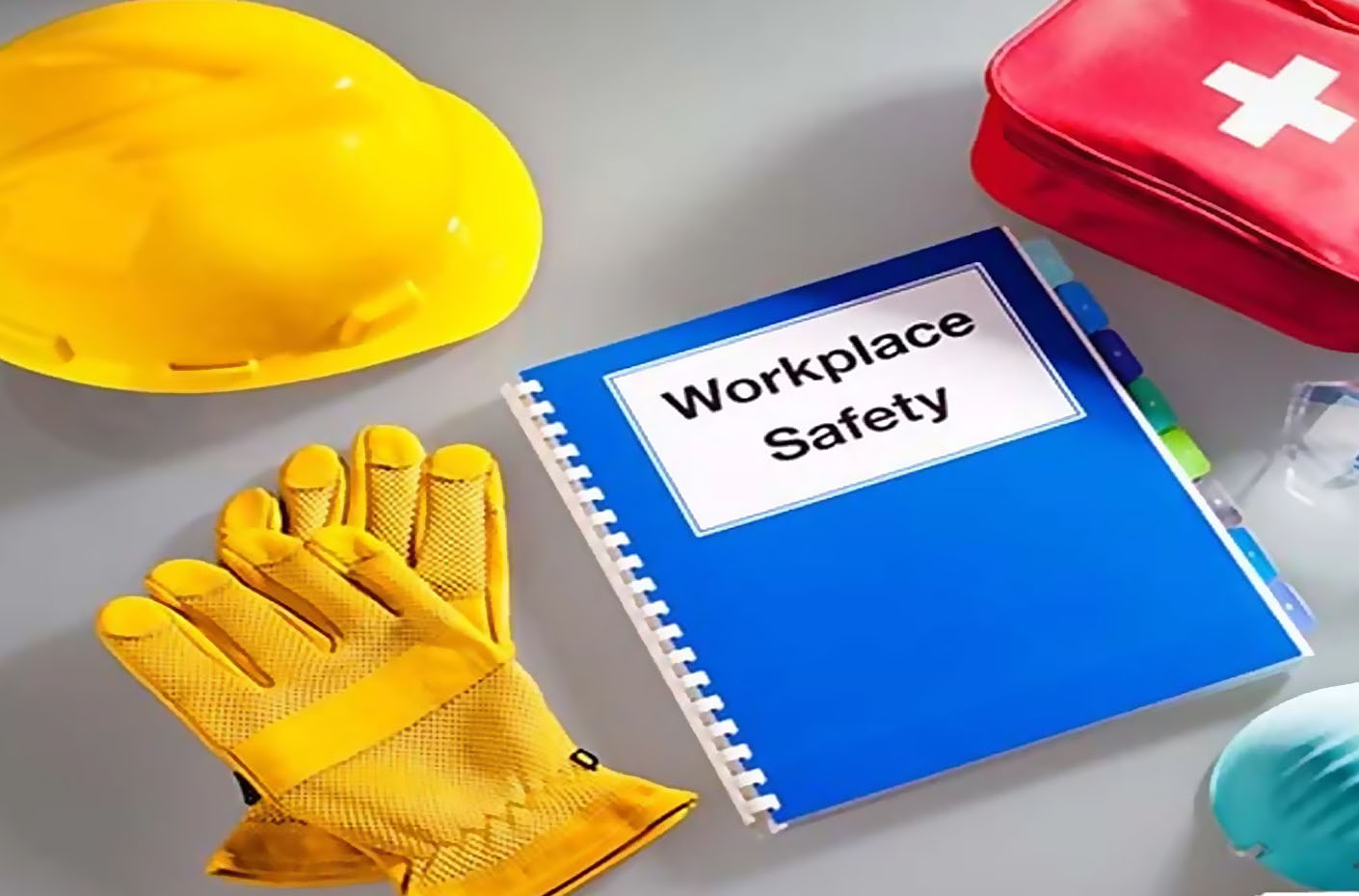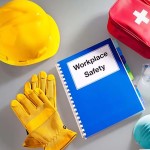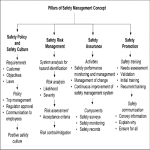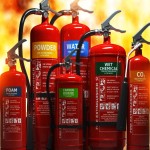Welcome to BACCIMA Corporate Environment Health and Safety Forum. As we all know, safety in workplaces is a collective responsibility.
The Author: Sherifudeen Olasheni Carew is the Managing Director of PureConsult Ltd, UK. & Nigeria and a member of the Executive Council of Badagry Chamber of Commerce Industry Mines and Agriculture (BACCIMA).
Employers have a duty of care to provide safe work environments. Employers also have duty of care to workers (full-time, part-workers, contract workers), contractors, members of public that are within employer work site.
Employers need to follow best practices in order to provide a safe work environment. We will make brief references to the Health and Safety at Work etc. Act 1974 and Management of health and safety at work Regulation 1999. These are two of the regulations and Acts in United Kingdom.
There are some health and safety regulations and Acts, such as the Factories Act and Labour Law. Most all Nigeria health and safety regulations and Acts are derived from international best practices.
We will focus on health and Safety at Work etc. Act 1974 and Management of health and safety at work Regulation 1999.
· What is Health and Safety at Work etc. Act 1974

The Health and Safety at Work Act 1974 (HASAWA) is an important piece of legislation for workplaces in the UK. It ensures that all employers provide a safe working environment and look out for the health of their employees—wherever their place of work. Donna Foulis (2023).
Key points that employers have to comply with are:
· Provide a safe place of work
Employers shall go so far as reasonably practicable to ensure that premises are up to standard. It includes considerations like fire safety, cleanliness, hygiene, waste management and the handling of harmful substances.
· Provide safe equipment
Employers must ensure that work equipment such as computers and electronic devices, to mention but few needs to be maintained to ensure it is safe to use. This would usually involve periodic safety checks by an appointed person and a set process to report any faults so they can be repaired.
· Ensure staff are properly trained
To foster a safe workplace, employers need to hire competent staff or train staff to achieve competence. This includes both onsite training (to ensure all staff have been trained to use equipment properly and to work safely) and general health and safety training, such as manual handling and fire safety, working at height, Use and handling of hazardous substances, fire aid, to mention but few of safety trainings. Employers can identify different types of health and safety training after a competent safety professional has conducted a suitable and sufficient risk assessment.
· Carry out risk assessments
Thorough risk assessments are an important part of HASAWA so employers can put in place appropriate preventative actions for each risk identified. One caveat to the legislation is that it requires employers to protect ‘as far as is reasonably practical’ the health and safety of their employees. The key thing here is risk. If something is identified as a very low risk factor, and would incur significant cost to mitigate, it might not need to be actioned.
· Provide proper facilities
This covers the basics like toilets, clean drinking water, heating, and air conditioning. If you provide kitchen facilities, any appliances will need to be checked and maintained accordingly. Employees also have their part to play in keeping these areas clean and tidy and in taking responsibility for their own health and safety.
· Appoint a competent person to oversee health and safety
This would be a dedicated person who would be responsible for ensuring that all health and safety duties are being carried out and adhered to by employees. This might include routine safety inspections, managing day-to-day operations and working with safety reps throughout the business. If your organization is attached to a union, you’ll also be required to liaise with an appointed representative. Every organization needs to have a health and safety department.
What is management of health and safety at work Regulation 1999

Management of health and safety at work regulation 1999(MHSWR) was introduced to reinforce the Health and Safety at Work etc. Act 1974. The MHSWR places duties on employers and employees including those who are clients, designers, principal contractors, or other contractors.
Some of the key points that employers have to comply with are:
· Employer must undertake an assessment of the risks to health and safety of their employees and others who may be affected by their work activity. Employers with 5 or more employees should record the significant findings of this risk assessment.
· To make appropriate arrangements for managing health & safety. Employers of 5 or more should record these arrangements
· Undertake any health surveillance as is necessary regarding the employees when it has been determined by the risk assessment
· To appoint competent people, preferably their own employees, to assist in the above measures. Where there is more than one competent person appointed there must be adequate co-operation between them
· Establish procedures to be followed by any employee should situations arise which could present serious or imminent danger i.e. an evacuation procedure
· Provide relevant information on health & safety in an understandable form
· Ensure co-operation and co-ordination between employers and the self-employed sharing a workplace
· Ensure employees are given adequate health and safety training and are not given tasks beyond their competence or physical capabilities
· Provide temporary workers with the appropriate health & safety information to enable them to carry out the work safely.
Some of the key points that employees must follow are:
· Report any shortcomings in health & safety arrangements
· Report dangerous situations
· Use equipment in accordance with training and instruction
· Take reasonable care of their own health & safety and those of others who may be affected by their acts or omissions
· Cooperate with employers to management effective health and safety at workplace
· Ensure to use personal protective equipment and clothing according to instructions
Conclusion
All organizations need to follow and comply with international best practices in order to avoid accidents and incidents. Managing director/CEO of all organizations needs to champion the implementation of effective management of health and safety at workplaces.
Recently, there have been many accidents at workplaces in Nigeria, building collapsing, etc. Damaged buildings and equipment can be replaced but lives cannot be replaced in the event of fatalities that result in deaths in workplaces.
Managing director/CEO of all organizations should not overlook the importance of effective management of health and safety in workplaces. Better we provide funds to manage effective health and safety at work than to experience serious accidents or death in our workplaces.
The consequence for poor or absence of managing health and safety at workplace could include some of the followings; increase risk of ill health, injury, and death, loss of reputation, legal repercussions, decrease in productivity, to mention but few.
Next episode, we will look at The Construction (Health, Safety and Welfare) Regulations 1996
Author: Sherifudeen Olasheni Carew
PureConsult Ltd, UK & Nigeria.







